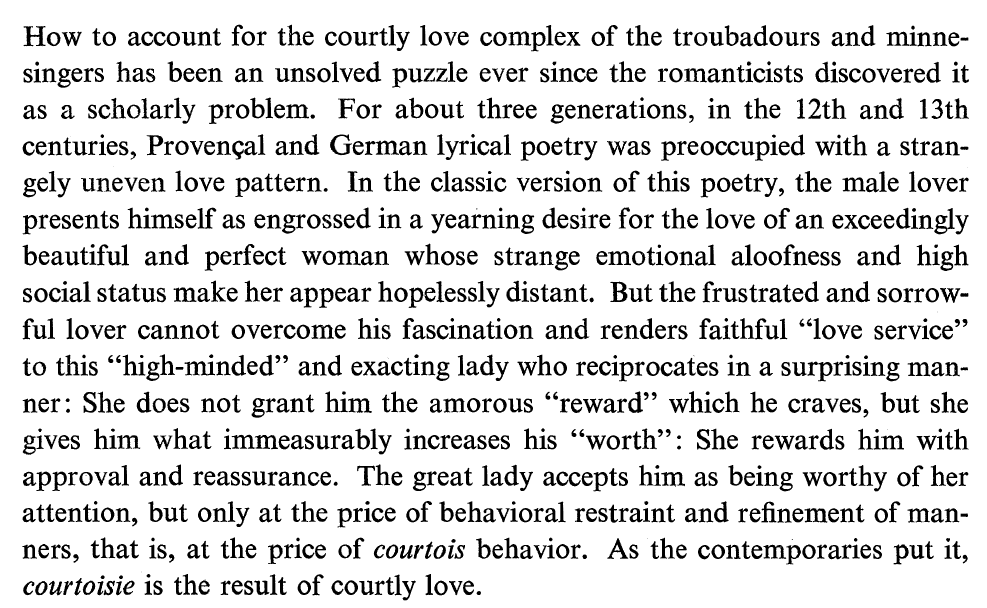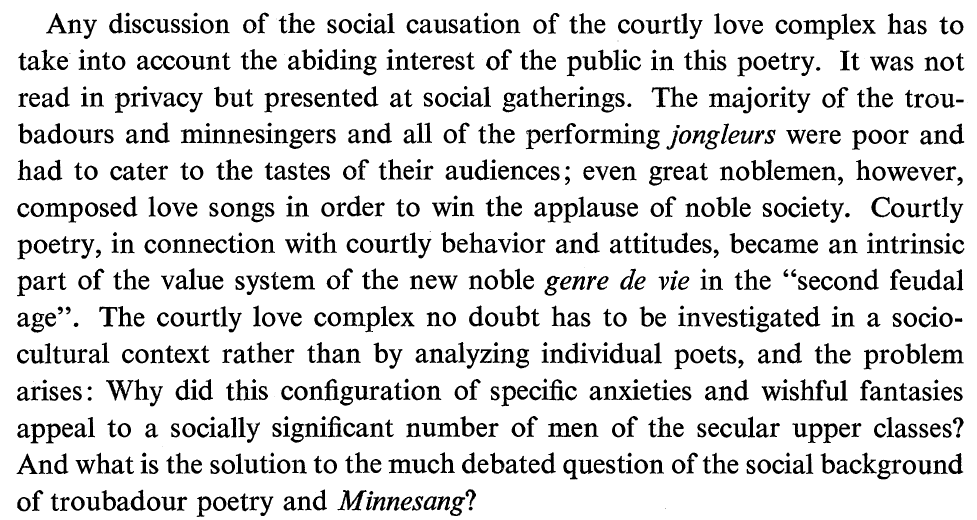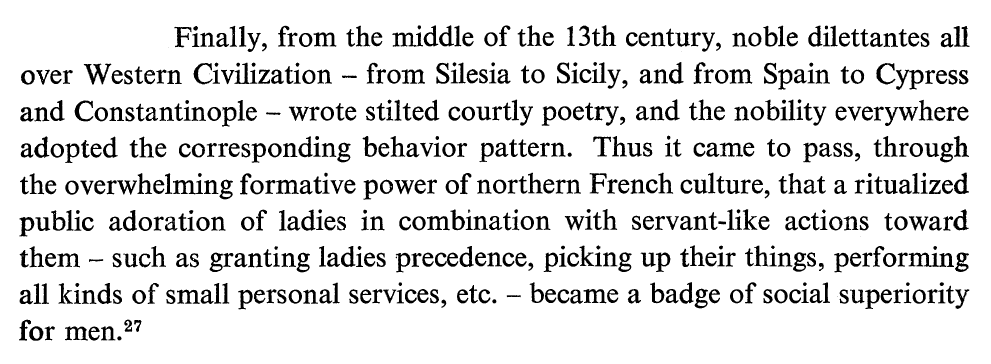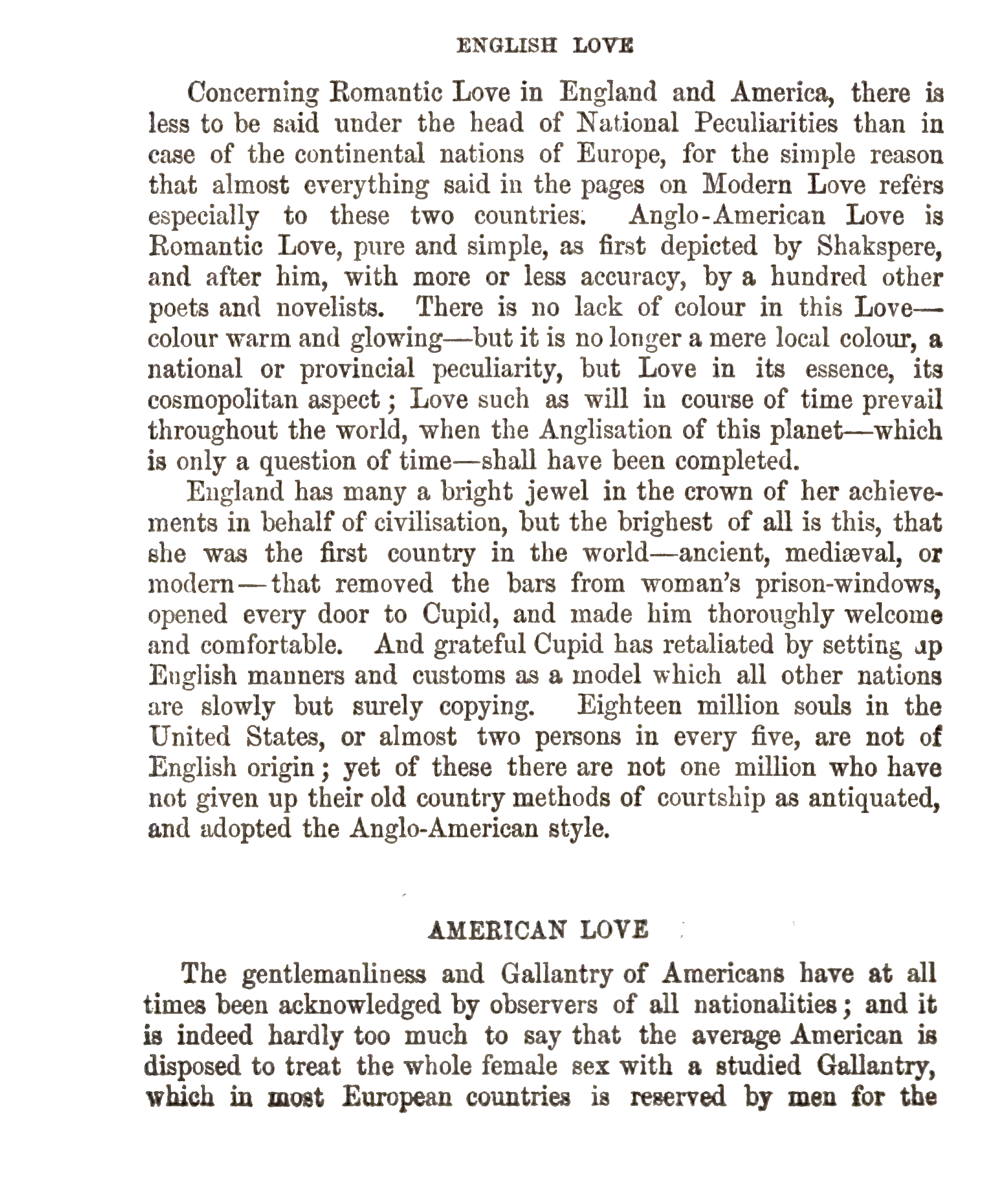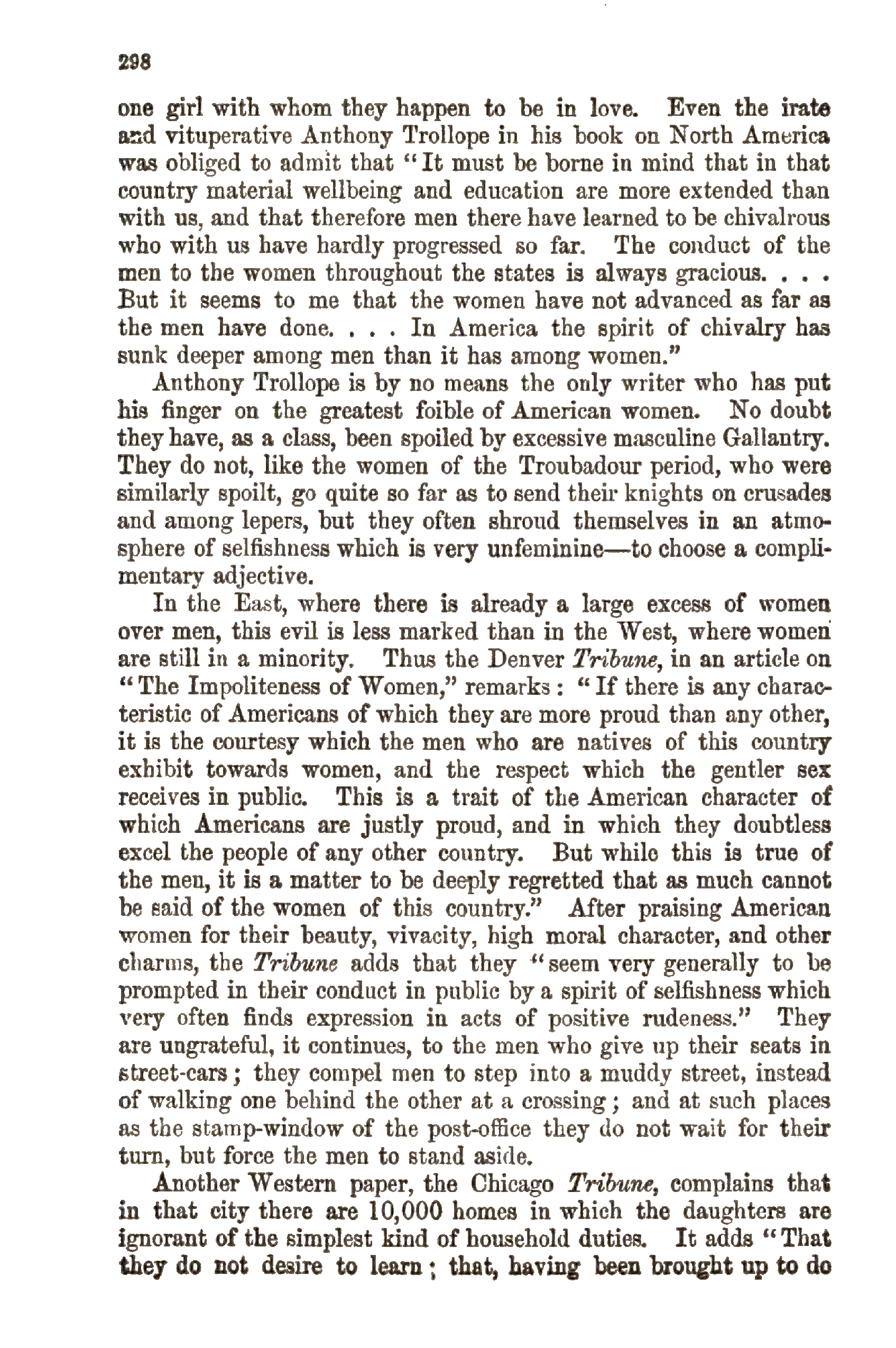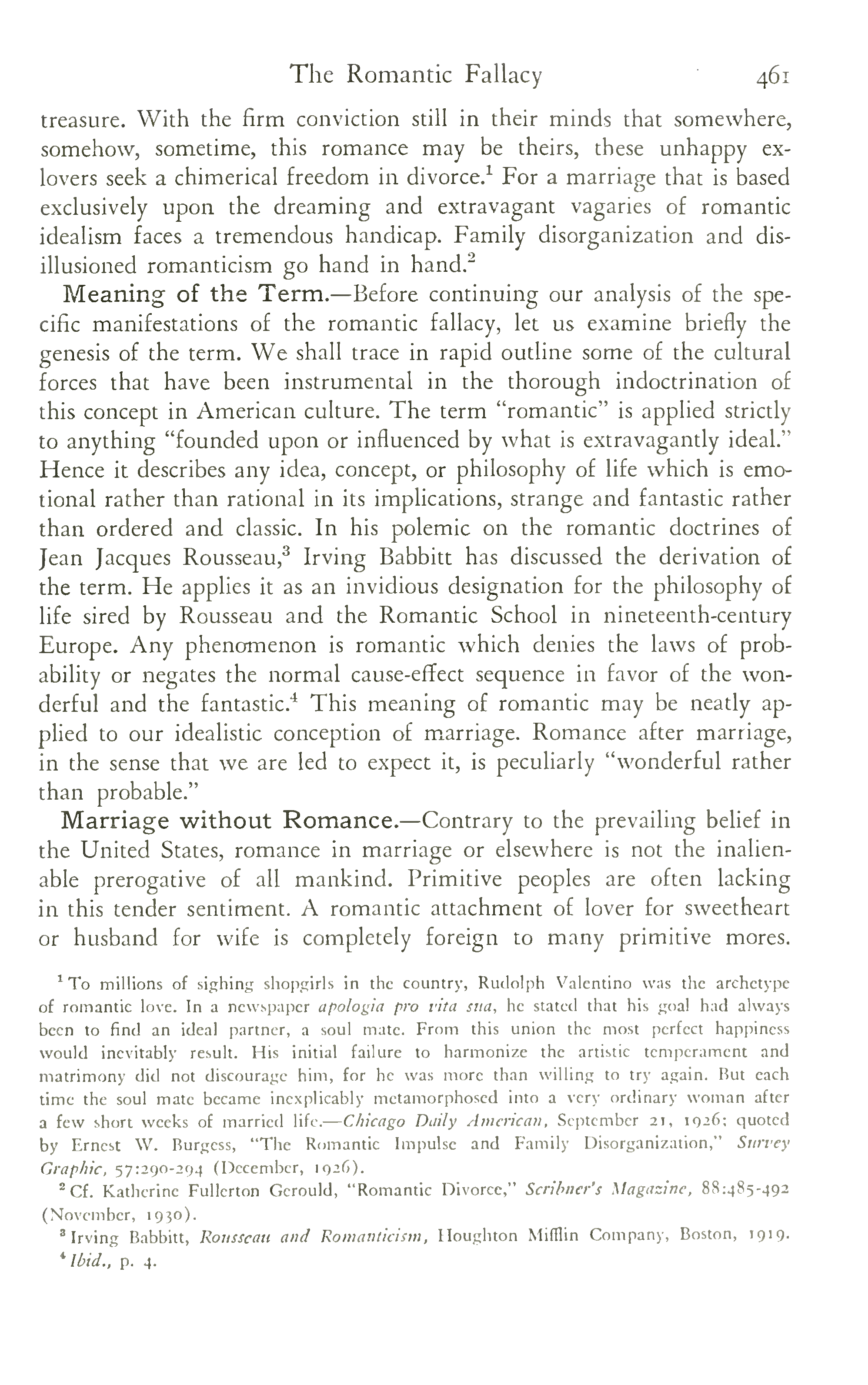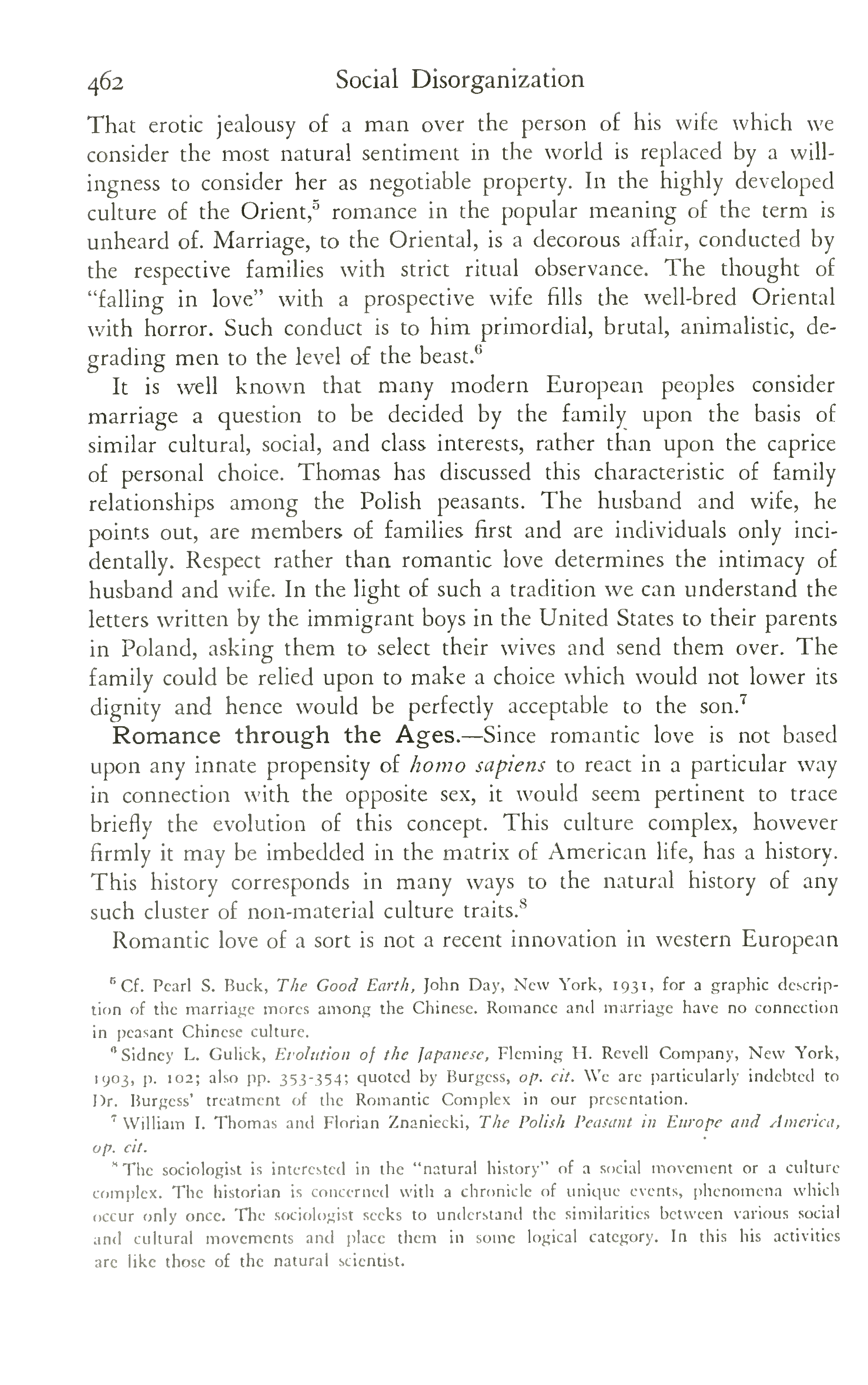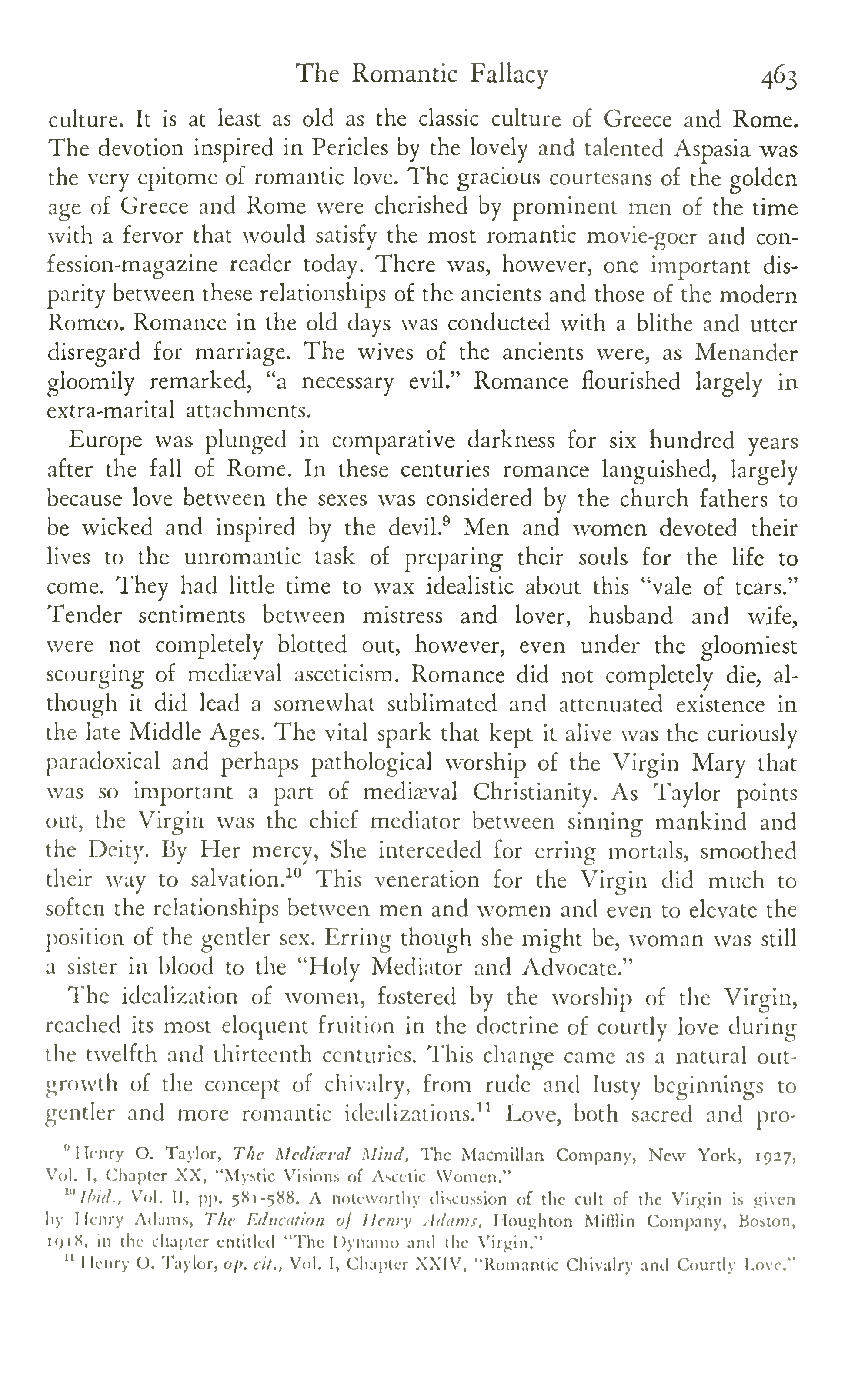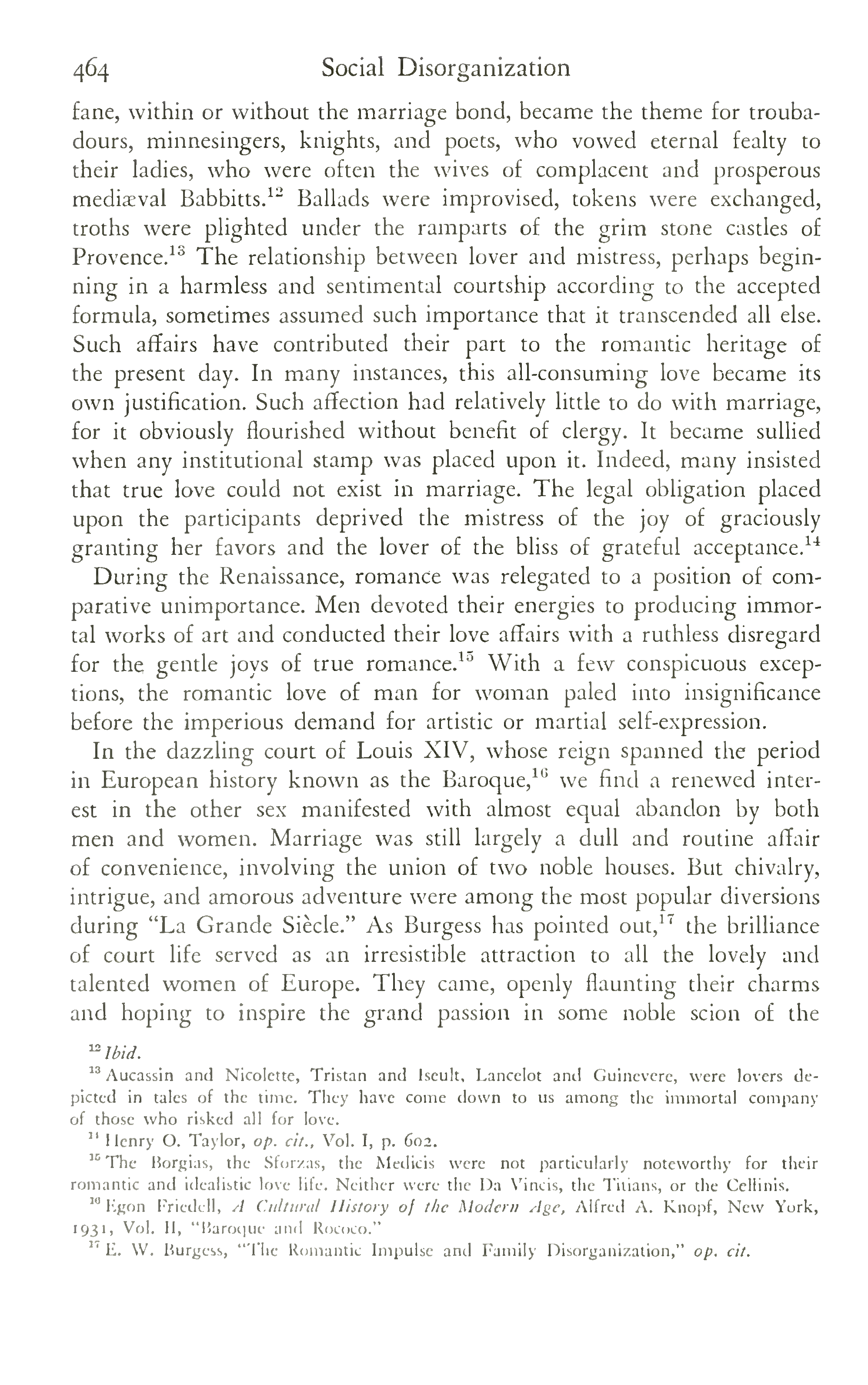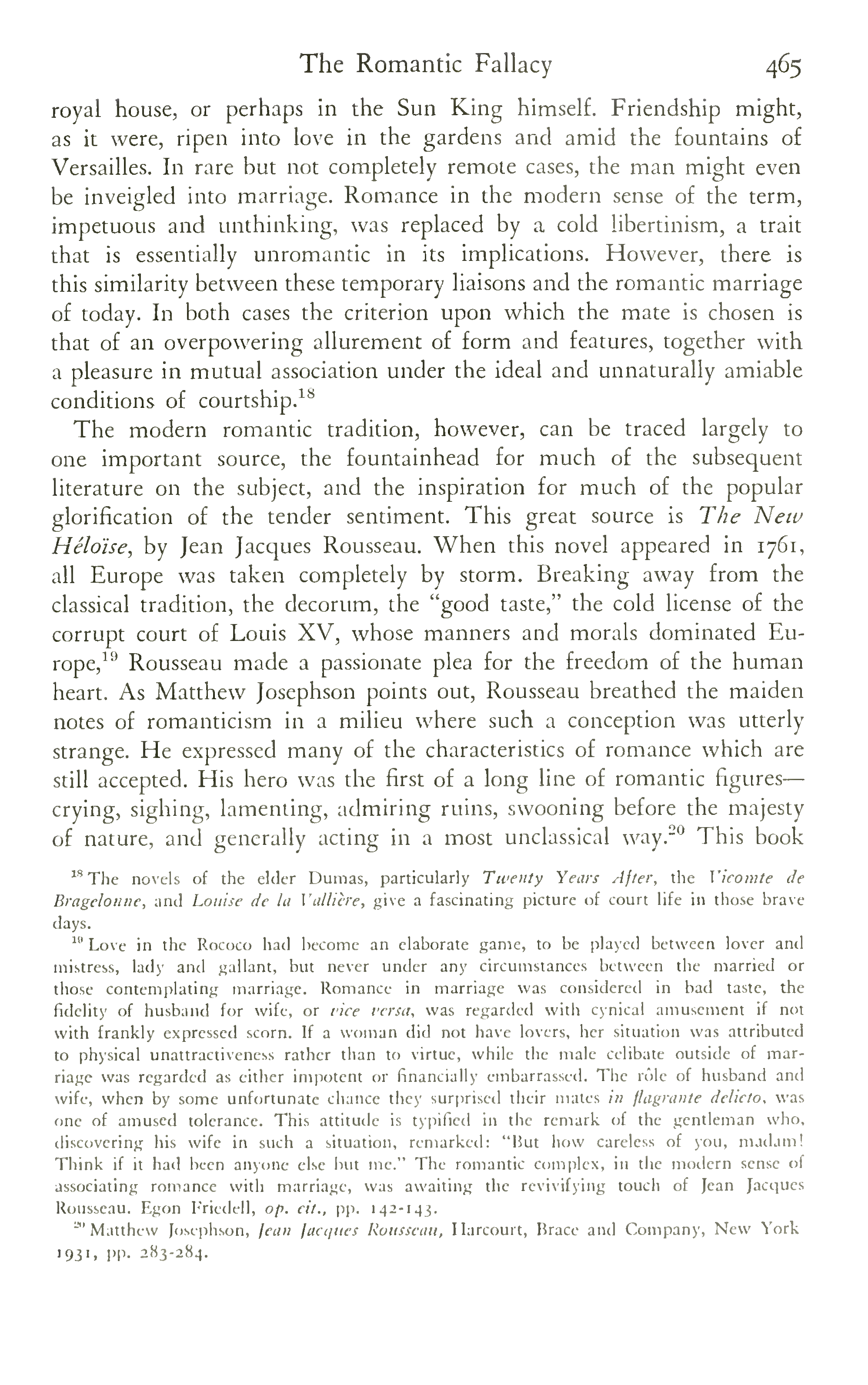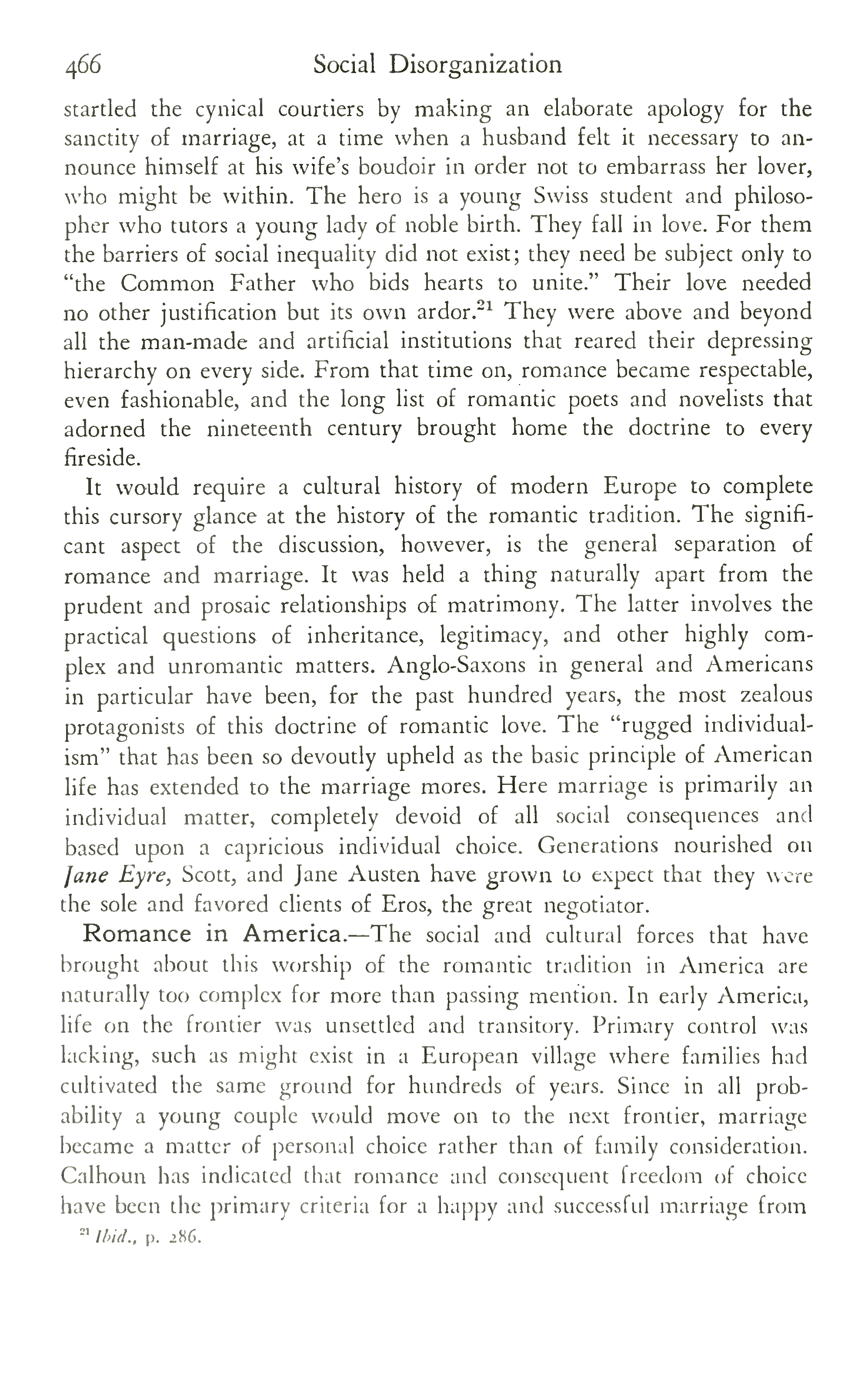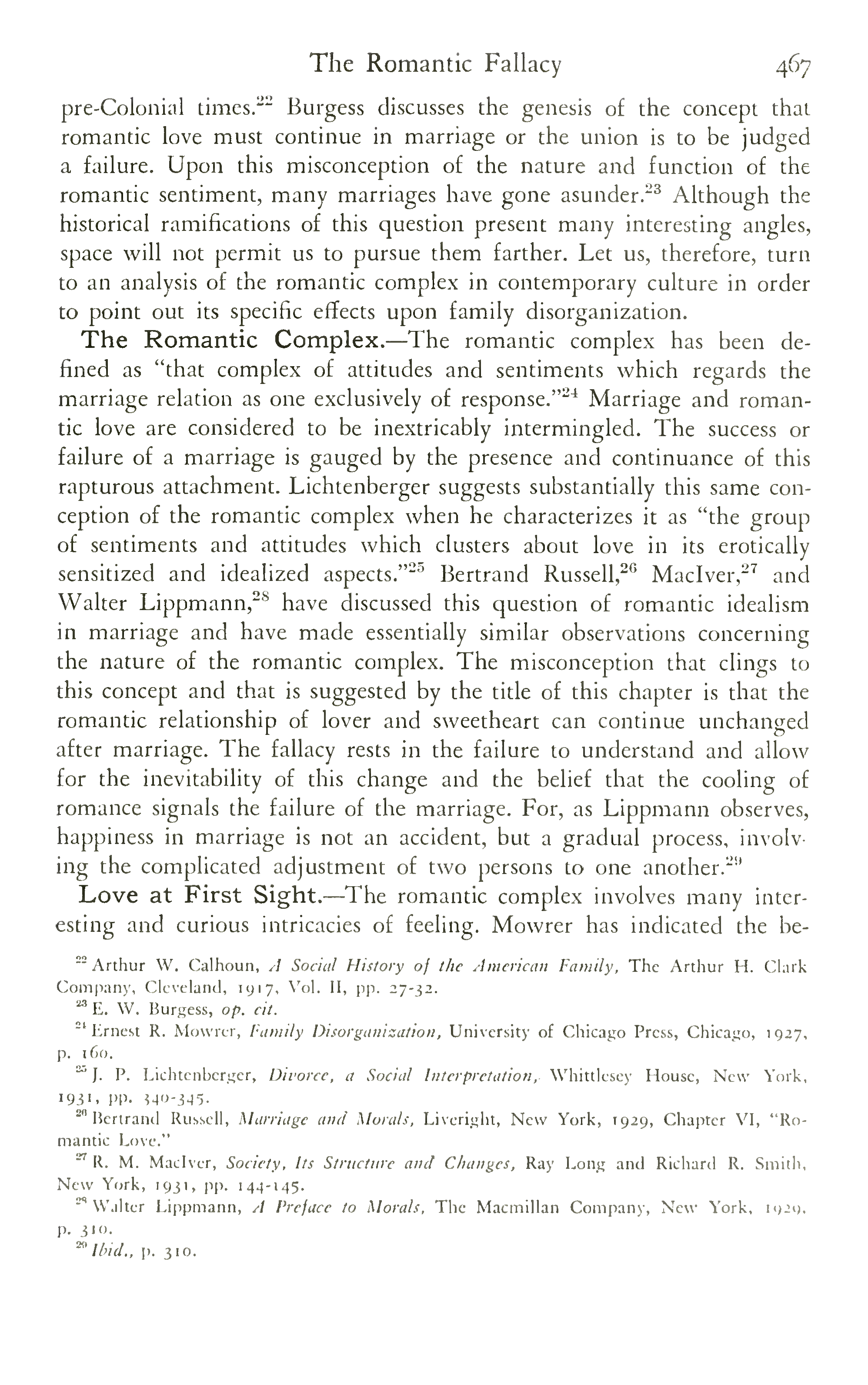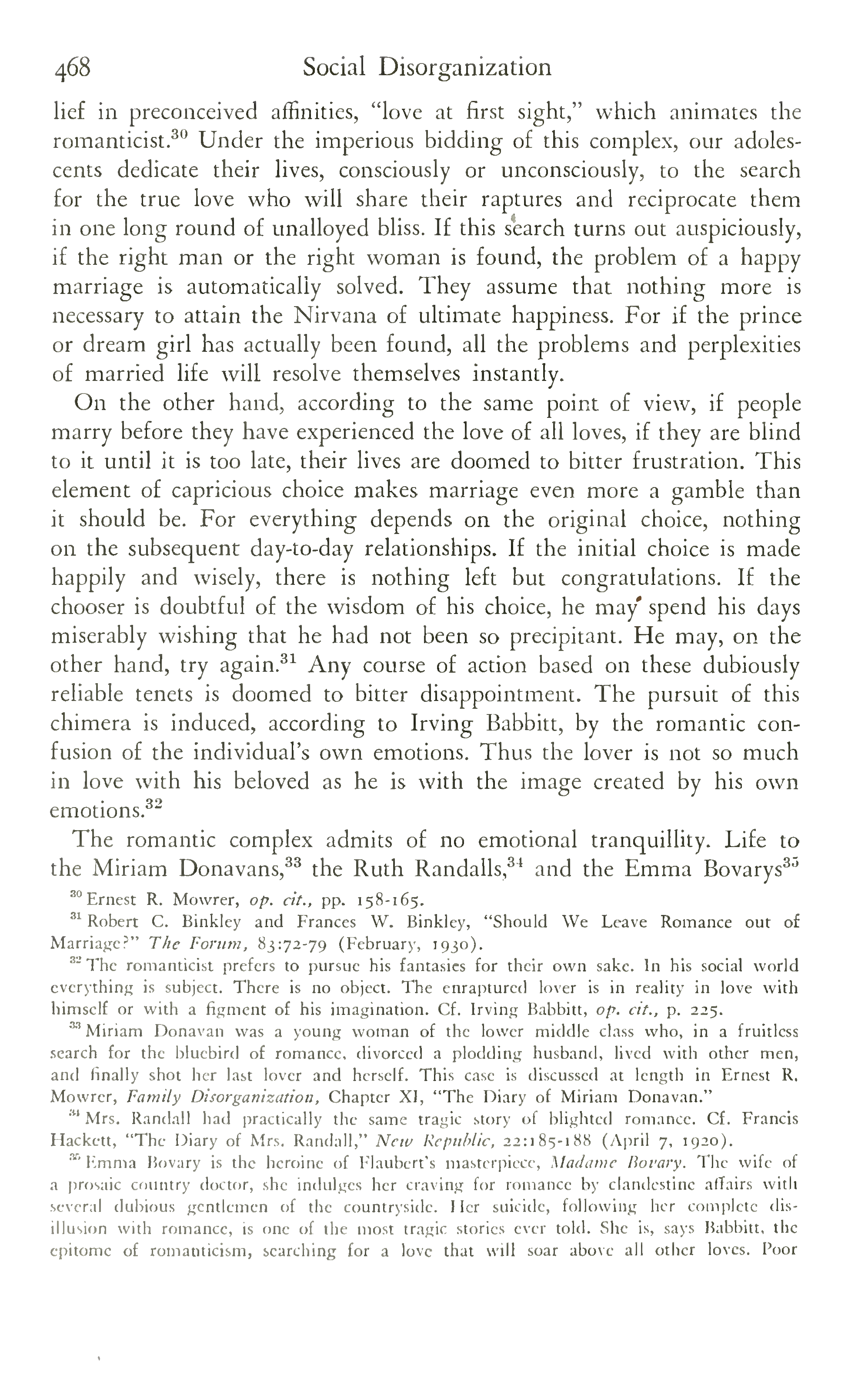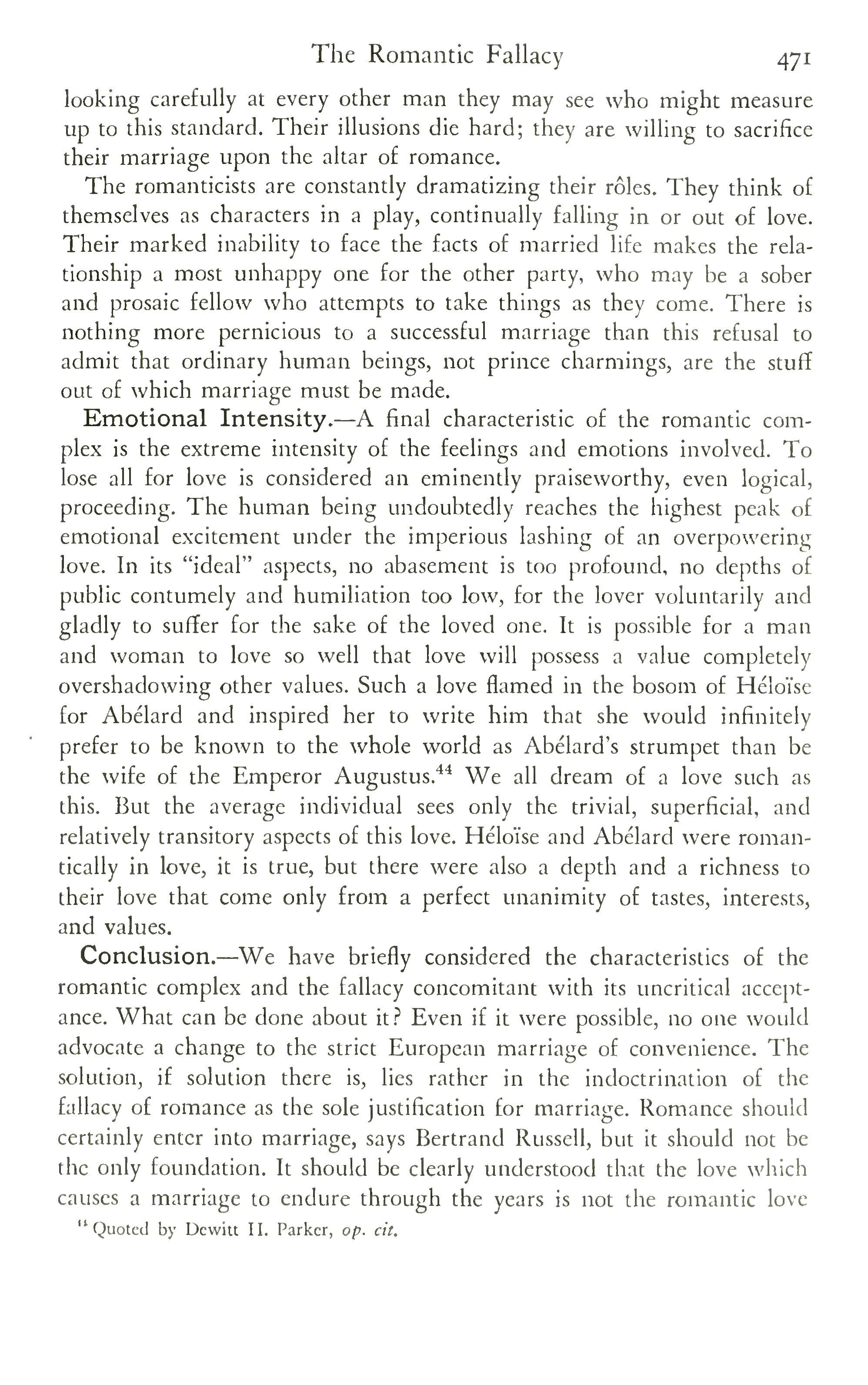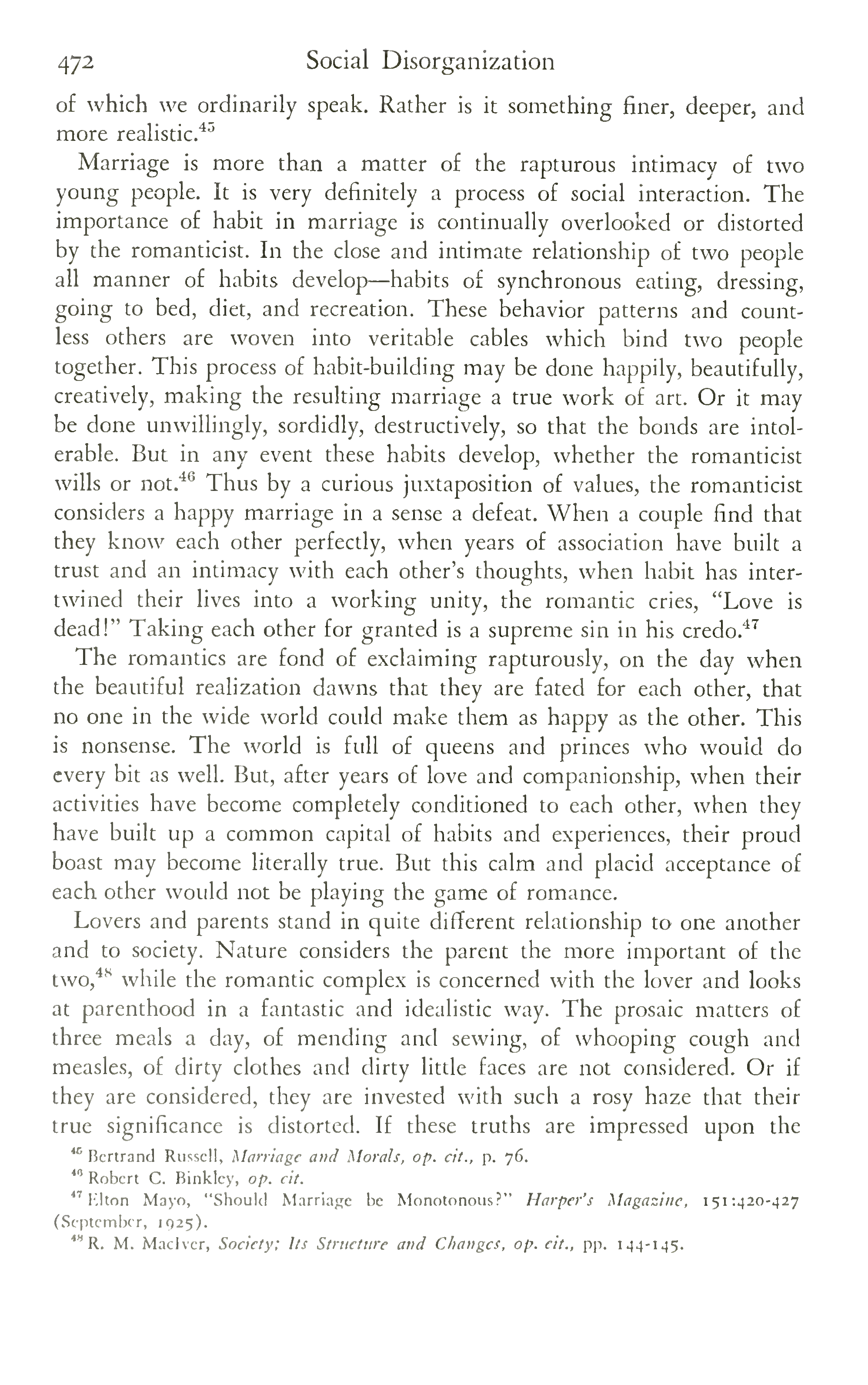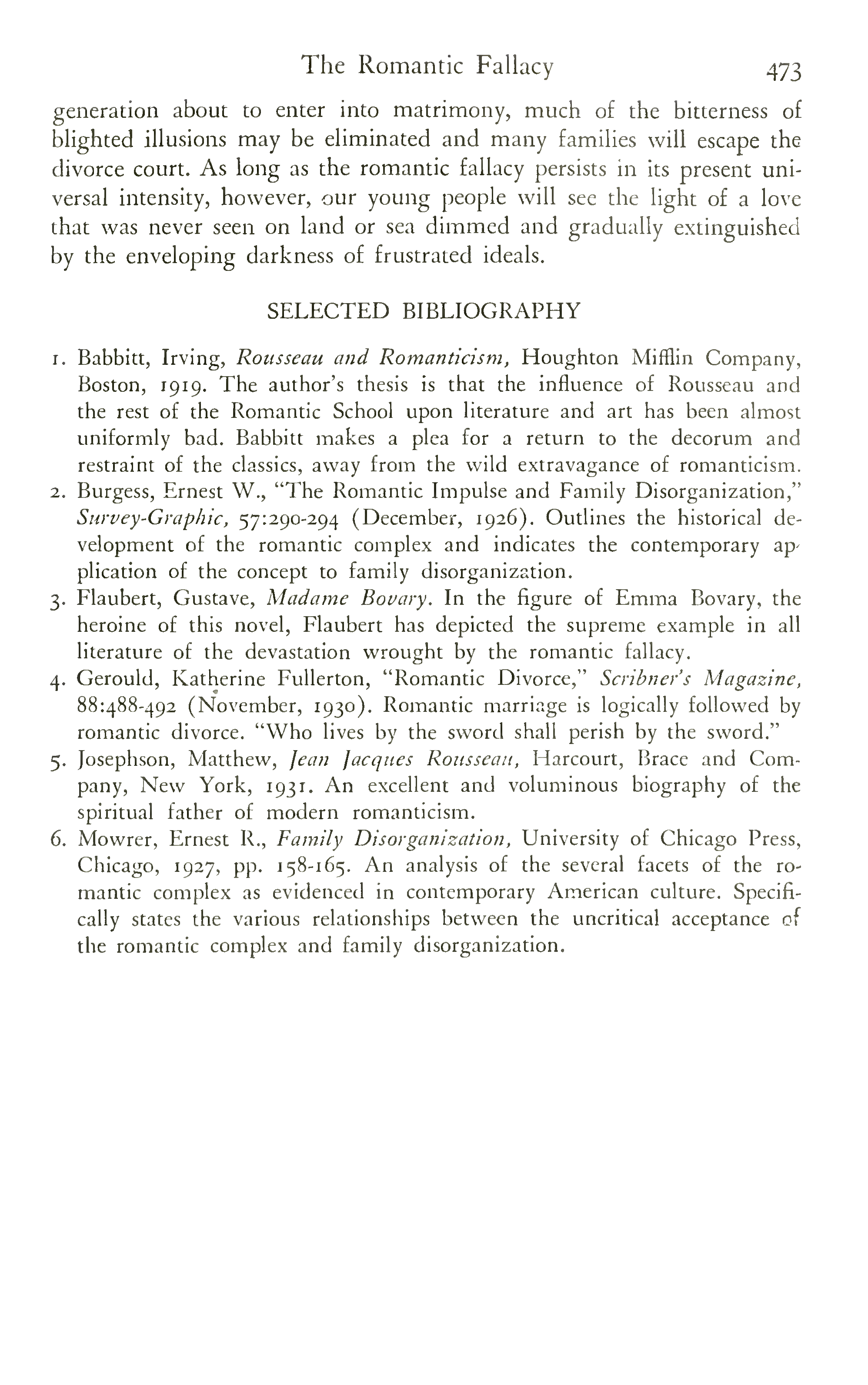The following items explore the history of material contributions to marriage from both husband and wife, and thier respective families. The traditional contribution of dowry toward a conjugal fund helped to support the married couple — this in contrast to the more recent trend of “romantic love marriages” where typically women bring no material contributions to the relationship table.
VIDEOS AND ARTICLES
– Is Love Enough To Marry On? – by Helen Rose (1927)
– The Dowry System Makes For Wedded Bliss – by Dorothy Dix (1932)
– Dowry System Favored As A “Good Investment” – by Dorothy Dix (1935)
– Dowries Would Save Many Divorces – by Dorothy Dix (1939)
– Brides Must Have Dowries Or marriage Will Go – by Beryl Castle (1935)
– Decline In Dowry Practice Linked To Rise In Romantic Love – J. Balwick (1975)
– A Discussion on Marital History with Paul Elam & Shah
– What Does She Brings to the Table? ~ Discussion with Paul Elam & Shah
– Romantic Gynocentrism vs. The Dowry ~ Stream by This Is Shah
– What Is Dowry? : Women & Rules of Modern Dating ~ by “It’s Complicated”
– Romantic Love vs. Material Interest in Nineteeth-Century Germany – by This Is Shah
– Dowry Debate: The Newspaper Articles – by This Is Shah
– Most “Trad” Women Aren’t Actually Traditional – by This Is Shah
‘GOLD PILL’ PHILOSOPHY
– An Early Call For The Gold Pill: A Cultural Convention Condemned – (1948)
– Taking the Gold Pill: A Paradigm Shift in Understanding Relationships
– A very short definition of the ‘gold pill’ (Peter Wright)
– Gold Pill Credo on Reddit (by iTrebor)
– This Is Shah: Why the Gold Pill?
– Urban Dictionary Definition for The Gold Pill (Mundus Imaginalis)
– The Gold Pill: Rebuilding Relationships With Ancient Wisdom (Sufjan S. Fannin)
– The Gold Pill: What It Can Do For A Civilization On The Brink (Sufjan S. Fannin)
– The Gold Pill: Checkmate, Trad Con-Artists (Sufjan S. Fannin)
– I Am the Table—Rethinking Contributions in Modern Relationships (Sufjan S. Fannin)
– The Discussion – The Gold Pill Emerges (with Paul Elam and Shah)
– The Gold Pill & Kinds Of Love (by Suviya)
– Gold Pill And The Modwife (by Vernon Meigs)
